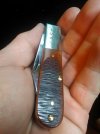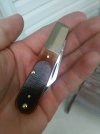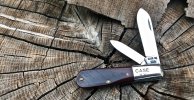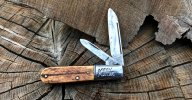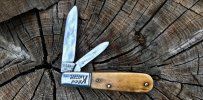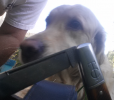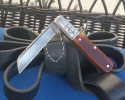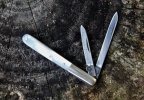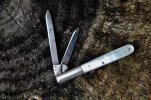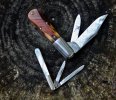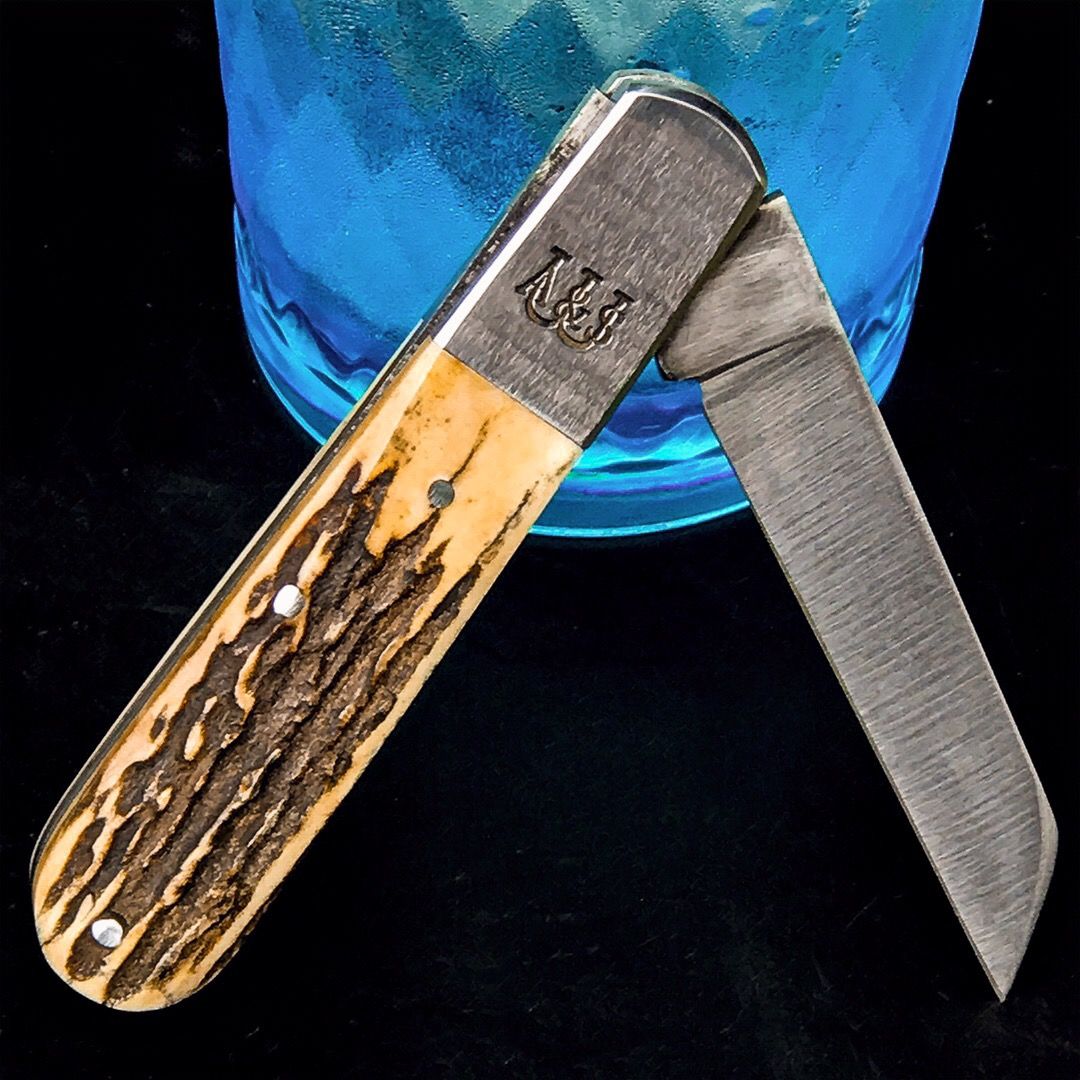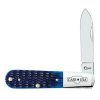You are using an out of date browser. It may not display this or other websites correctly.
You should upgrade or use an alternative browser.
You should upgrade or use an alternative browser.
What Makes a Good, Traditional Barlow?
- Thread starter waynorth
- Start date
- Joined
- Jan 31, 2017
- Messages
- 8,342
- Joined
- Jul 21, 2018
- Messages
- 2,146
Finally Case is looking at some traditional Barlows, and making new ones look right!!!
Way to go Case XX!!
That may be true but still no TC...not trying to suck up here but so many of the newer Barlows including those from across the pond don't have the long narrow tapering bolster as exhibited on a TC...to me they look like a tongue depressor.
- Joined
- Jan 31, 2017
- Messages
- 8,342
- Joined
- Feb 15, 2019
- Messages
- 628
To me,this is a Case Barlow that never gets old.


- Joined
- Feb 15, 2019
- Messages
- 628
And I like what Case did with this one.


- Joined
- Dec 2, 2005
- Messages
- 65,520
"What Makes a Good, Traditional Barlow?"
When they are preserved for many years in the factory and then released to collectors who care for the history!!
View attachment 1169183 View attachment 1169184
Congratulations Charlie

- Joined
- Apr 23, 2000
- Messages
- 5,501
To me,this is a Case Barlow that never gets old.

That is a gorgeous Barlow and a fantastic photo!


black mamba
Gold Member
- Joined
- Oct 21, 2009
- Messages
- 21,265
1975 Camillus #51. Carbon blades, steel bolsters, sawcut Delrin covers.


Augie
Gold Member
- Joined
- Aug 23, 2014
- Messages
- 3,692
1975 Camillus #51. Carbon blades, steel bolsters, sawcut Delrin covers.

Nice one Jeff, always adds to it finding them with original packaging.
black mamba
Gold Member
- Joined
- Oct 21, 2009
- Messages
- 21,265
Thanks, Augie, I agree on the packaging. It adds a little bit more of history.
black mamba
Gold Member
- Joined
- Oct 21, 2009
- Messages
- 21,265
Beautiful, what I call a vest pocket Barlow!
Matt_WY
Gold Member
- Joined
- Sep 30, 2018
- Messages
- 1,130
What a trio of beauties Charlie! Yellow bone always looks so fine.Day's Work 2013. All three versions in Yellow Bone!!
View attachment 1165504
r8shell
Knifemaker / Craftsman / Service Provider
- Joined
- Jan 16, 2010
- Messages
- 23,990
If y'all don't mind, I'm going to quote myself from the Case Barlow thread:
Since this is the thread that asks, "What makes a traditional Barlow?" does anyone have any insight into what makes traditional saw-cut Barlow covers? Am I right in assuming that the marks were actually left from cutting with a saw? Are they still done that way, or is it a kind of jigging applied later in the process?I find this answer from Case fascinating. When I look at almost all old sawcut bone, the cuts are curved and diagonal. Basically they are the marks left by the saw when cutting the slabs of bone for handles. It leads me to a question. (maybe I should ask it in the "what makes a traditional Barlow thread")
I always assumed that bone was cut into slabs for handles, later to either be polished smooth or jigged. On an inexpensive working knife like a Barlow, those finishing steps are skipped, and the saw marks remain. Over the years, this became so associated with the Barlow pattern that when Delrin covers were used, the molds were made to simulate sawcuts. I'm wondering, in this current production run of Barlows, are these actual saw cuts, or are they a type of jigging applied to the bone?
I'm not really complaining, but the straight horizontal lines on mine don't look to me like marks made by a saw. Maybe more like a coarse rasp file run across the flat bone, or some other jigging technique.


I rather like the mottled, appaloosa effect of the dye. It should go well with a patina.
- Joined
- May 18, 2014
- Messages
- 9,008
Âchillepattada
Gold Member
- Joined
- May 17, 2012
- Messages
- 2,417
The Barlow in its creator's island 



Â



Â
Last edited:
Âchillepattada
Gold Member
- Joined
- May 17, 2012
- Messages
- 2,417

Â

